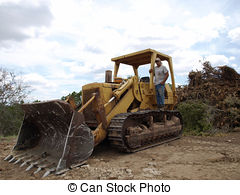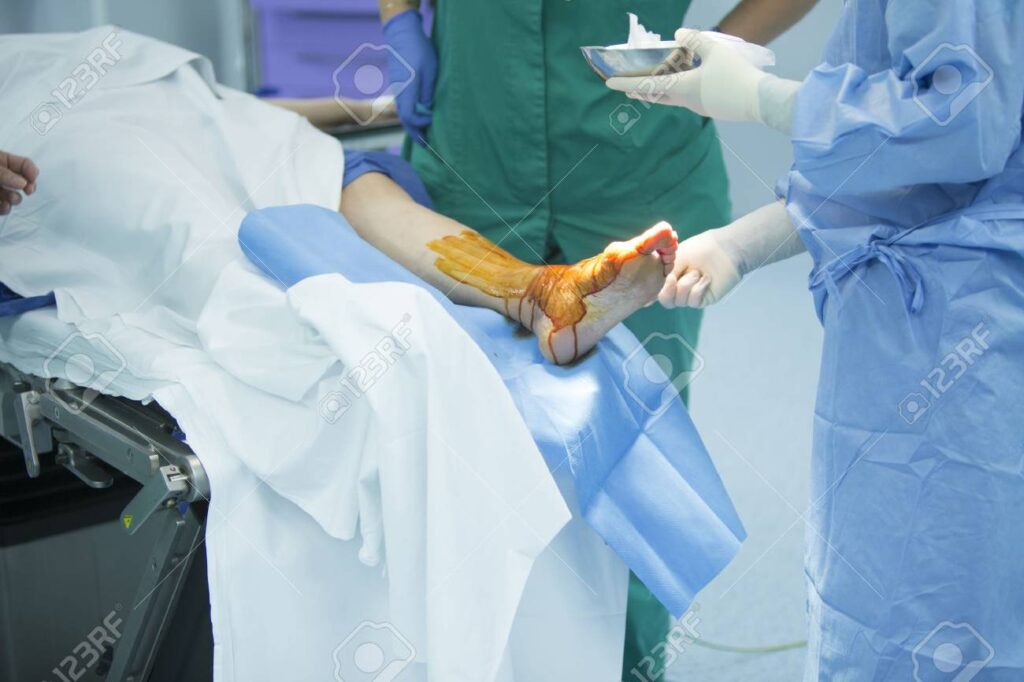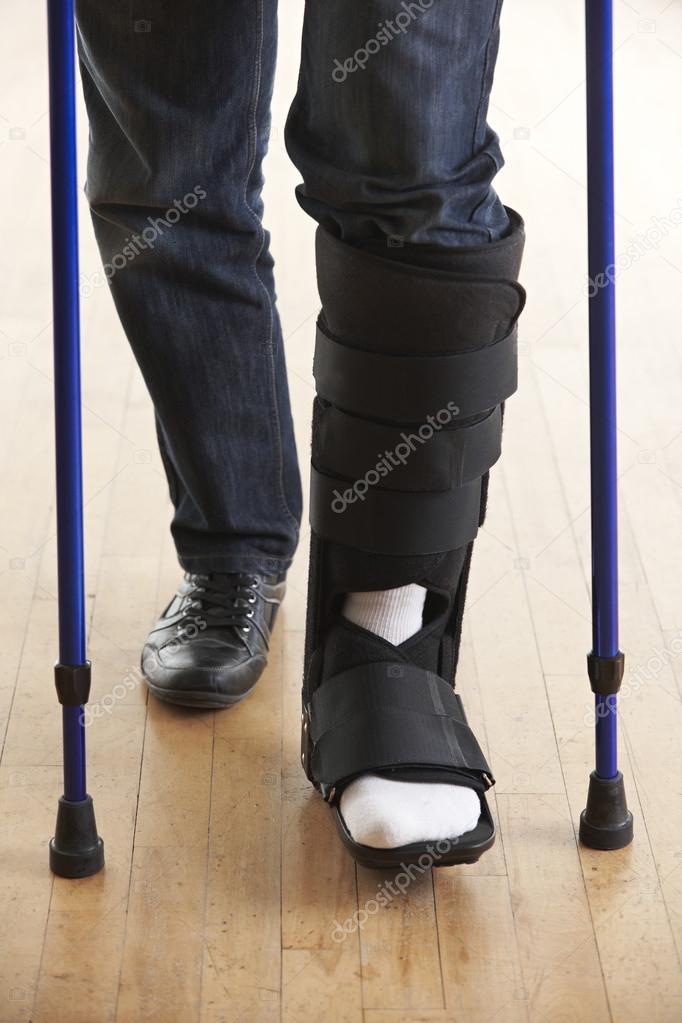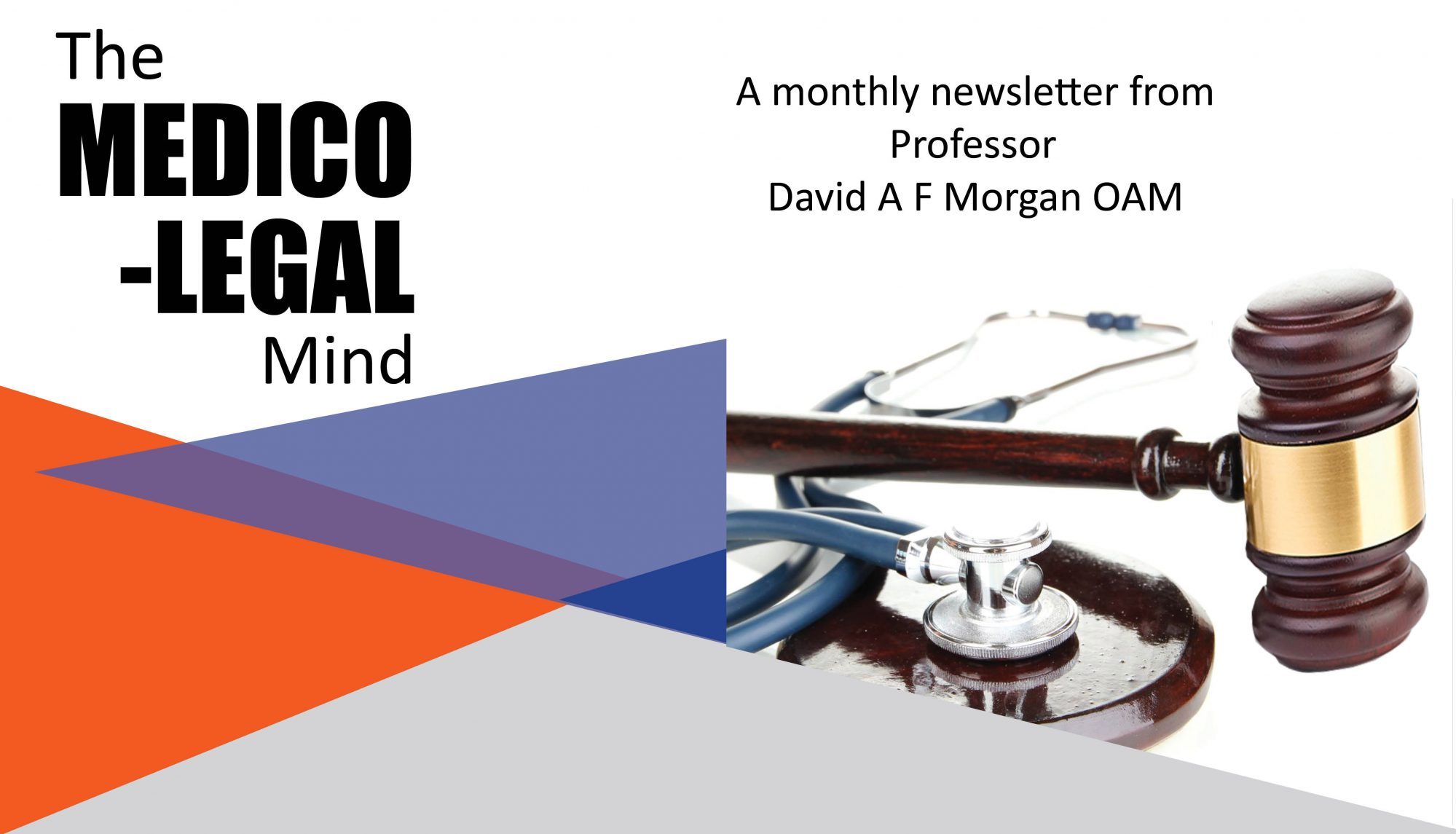CASE VIGNETTE – OCTOBER 2020
Who’s Responsible?
Tony is a 30 year old diesel fitter. He jumped from the rear of a Caterpillar dozer and landed awkwardly some 90cm below on uneven terrain. He sustained a twisting injury to his left ankle. In all probability, this was an inversion injury whereby the foot is turned inwards and the structures on the outside (the lateral side) of the ankle joint are strained, sprained or even torn.

Tony sustained a relatively minor sprain injury. An MRI scan examination confirmed that all of the structures were still intact, although there was some local bruising around the anterior talofibular ligament.
The natural history for this type of injury is for gradual healing to occur. The vast majority of patients return to symptomatic normality within the next six to twelve months (and many, much more quickly).
Unfortunately for Tony, he was referred to an Orthopaedic Surgeon who was far too keen to operate too soon. Rather than allowing nature to take its course, the surgeon intervened operatively, and early. There must have been very little to find at operation but an eager Orthopaedic Surgeon can always find something!

Unsurprisingly, Tony was no better post operatively. In fact, he was worse. He suffered a primary wound infection, which in turn invaded his ankle joint proper. This gave rise to dissolution or destruction of the cartilage within the joint and quite severe secondary post-infection arthritis developed. The sural nerve, which supplies the lateral side of the foot and the lateral two or three toes, was also damaged irretrievably. This combination of a stiff, painful, swollen ankle joint and a numb lateral border of the foot with associated burning or dysaesthesia made Tony very much worse than he might have been.
When he came to make his claim, the reviewing medicolegal reporters all agreed on a number of points. The original injury was quite minor. It did not require operative intervention. Had he not been subjected to an operation, it is highly probable that he would have made a complete recovery. His ongoing circumstance was simply an extension of the inappropriateness of the orthopaedic operative intervention.

Well, what should happen here? We all have varying responsibilities. As an orthopaedic medicolegal reporter, it is our duty to identify the truth, tell the truth and leave no gaps. What the instructing Solicitor does, is a matter for him or her.
Is there a lesson? Yes – choose your surgeon wisely.
